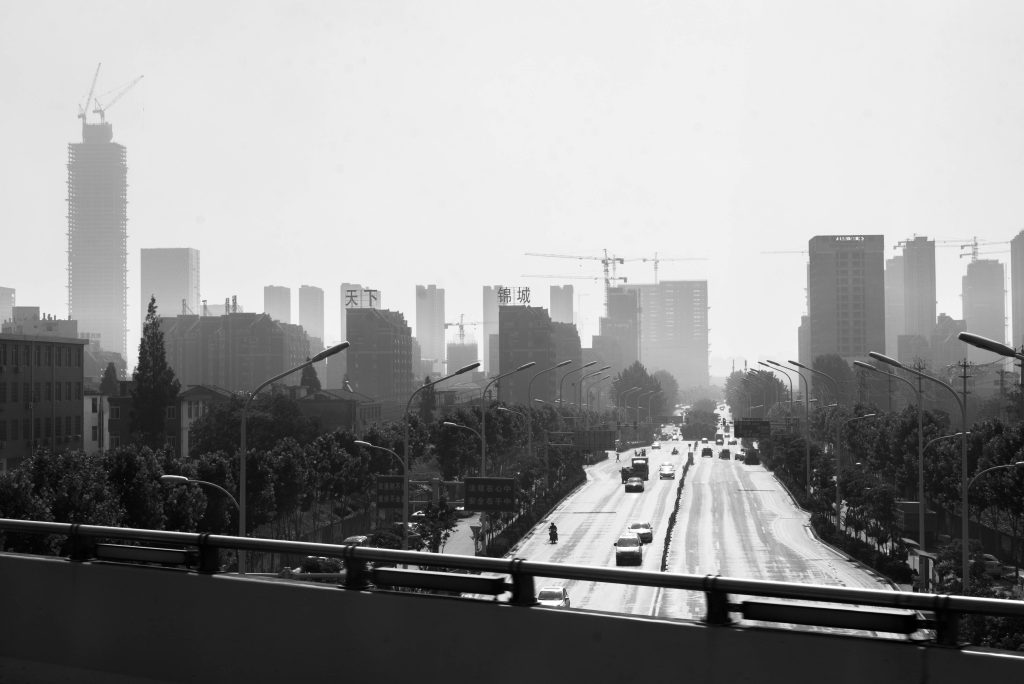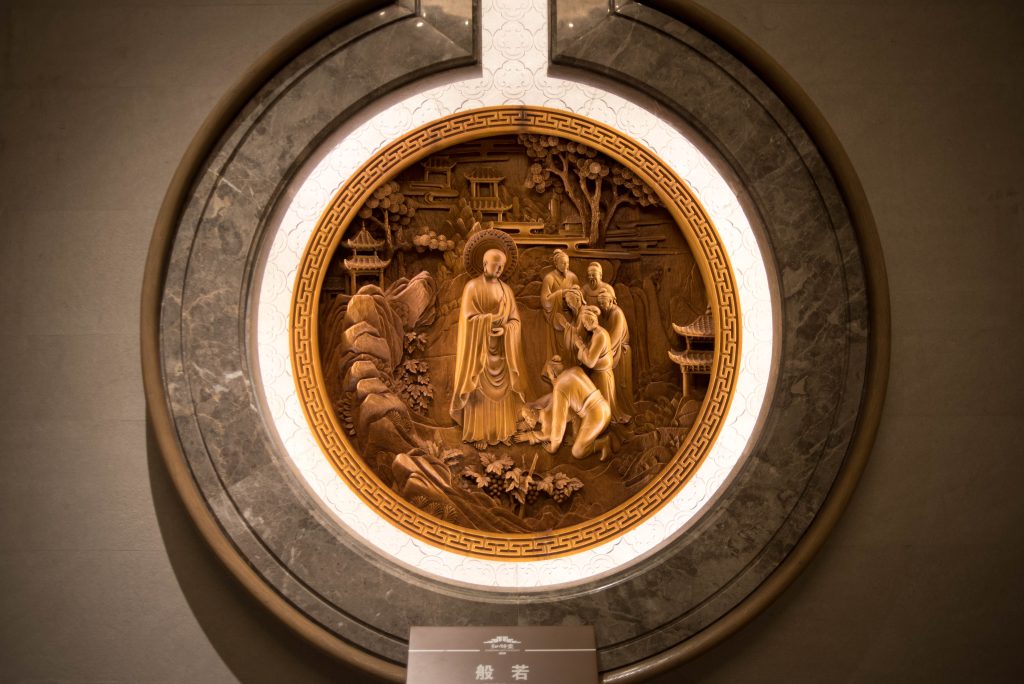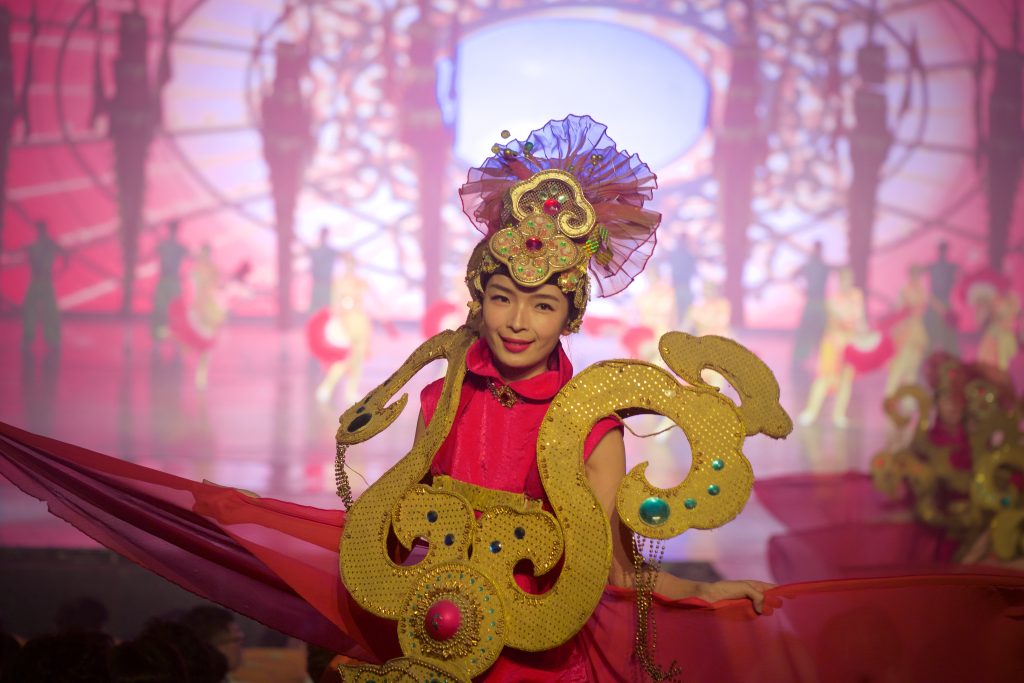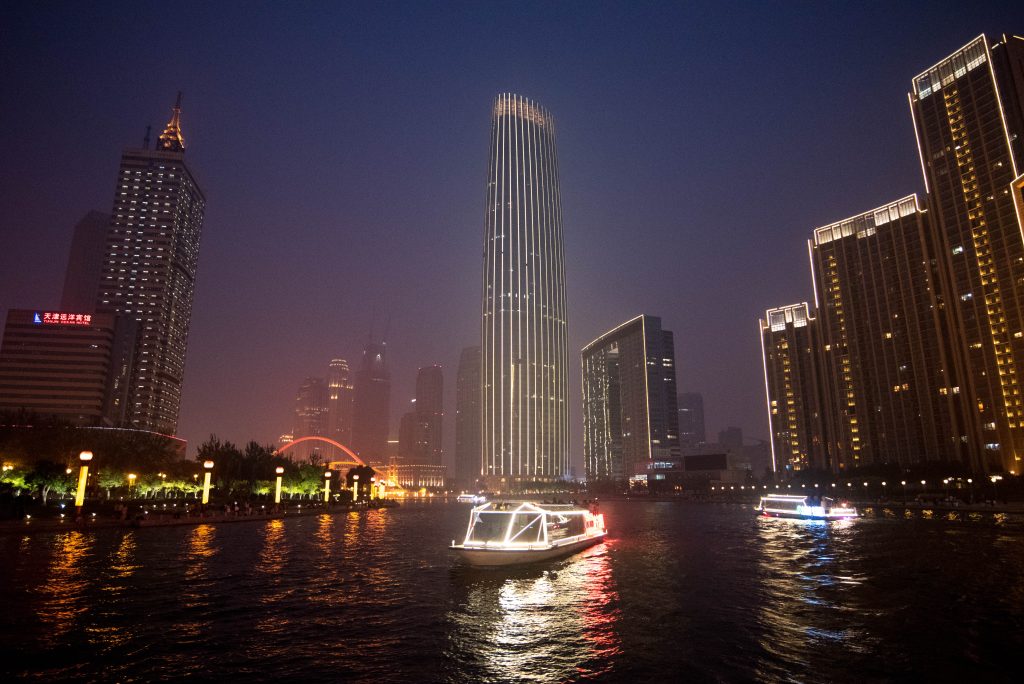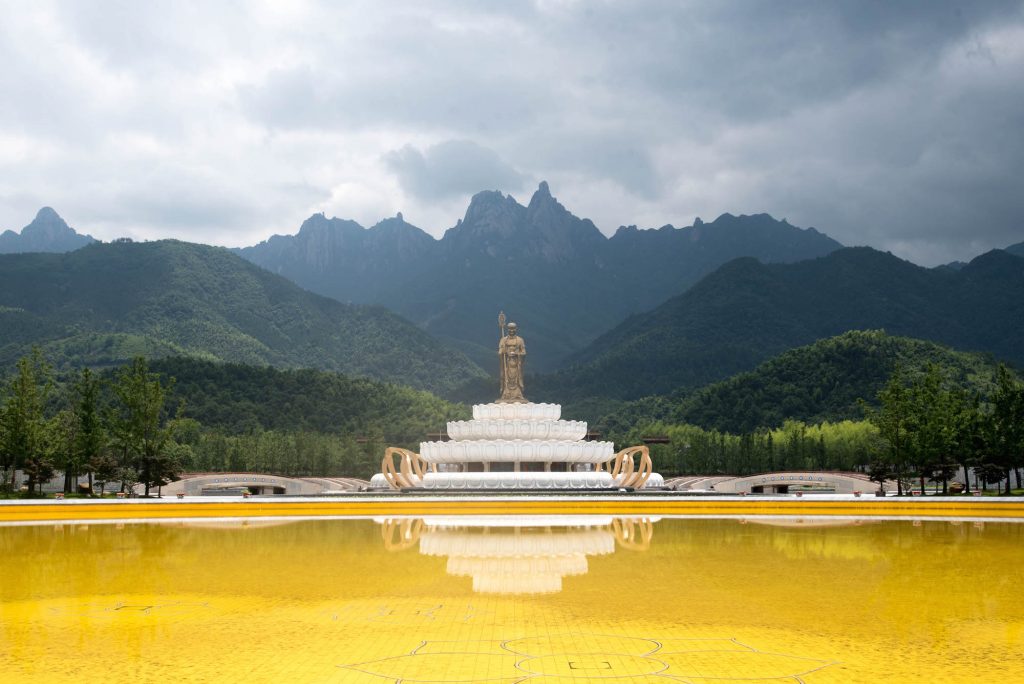
Chinese triumphalism may seem strident at times, but it’s not entirely unwarranted
The development of China in recent decades is best considered as geography, not landscape. The combination of market forces with what was coyly labelled ‘socialism with Chinese characteristics’ has achieved something previously unimaginable.
At the end of nearly a century of conflict and unrest culminating in the Cultural Revolution, it was hard to picture China at peace, let alone prospering.
Today, it’s hard to imagine otherwise.
Most people still think that China’s great wonders are the Forbidden City and its Great Wall. But these are dwarfed by its current transformation.
The pastoral arcadia that characterised its classical landscapes is gone.
Where cormorants once preened on posts on the Yangtze’s shores, the horizon is now punctuated by steel construction cranes perched atop half-completed buildings.
They are almost literally everywhere. In the suburbs of Hefei city, I counted 32 of them outside my train window.
The scale of development is hard to conceive.
High speed rail travelers, for example, have risen from 237,000 annually in 2007 to nearly 2.5 million in 2014, according to government figures.
The high speed rail system was 19,000 km long at the beginning of 2016, and should reach 30,000 km by 2020.
Urban residential construction was floating below 500 million square metres in 1992, when economic reforms began in earnest.
Today, the Reserve Bank of Australia estimates it to be more than 1.5 billion.
The country’s urban population will exceed 60% by 2020.
Pacific islands media representatives have been touring China for nearly two weeks as part of a biannual exercise that’s half familiarisation, half junket.
Talking development with foreign office and other government representatives, you will hear the word ‘harmonious’ more than any other adverb.
The term is applied in all sincerity.
Quality of life matters to the government. The kind of quality is of course still largely defined from above rather than below.
Government’s willingness to invest in it is nowhere more evident than in Jiu Hua mountain and its environs. Located in Anhui province, the mountainous area features nine hilltop Buddhist temples. Visitor numbers are not readily available, but thousands were present when the delegation visited.
On a poster at the entrance to one hilltop shrine, Vice President Li Yuanchao’s serene face greets visitors, bestowing the state’s blessing of this most harmonious of philosophies.
But simply allowing the practice of Buddhism to flourish is the most trivial measure the state has taken. Just a few kilometres from the Jiu Hua mountain is a vast Buddhist complex. Completed in 2012, the grounds stretch over a kilometre of manicured parkland modelled on classical Chinese principles. A giant golden pond is succeeded by a lotus-flower fountain 20 metres in diameter.
But all of these are dwarfed by a 100+ metre golden statue depicting the Dizang Boddhisatva. It is visible from kilometres away.
And even this doesn’t begin to describe the opulence of the place. At the entrance is a sprawling museum devoted to the culture and history of the Boddhisatva. No expense is spared. Exquisite hand-carved bas-relief rosettes adorn the marble walls. In truly Chinese fashion, these stunning works of devotional art are unsigned.
As with museums the world over, the exit is through the gift shop. Or shops, rather. A long series of handicraft stalls and displays offer all kinds of fare, from prayer beads to cheap plastic children’s playthings.
At times, attempts to meld the modern with the traditional produce amusingly discordant results. One sinuous buddha statue is joined to the heavens by a trio of plastic tubes lined with the same multi-coloured LED bulbs most commonly seen in Christmas lights in the West.
One person observed that the Ching dynasty’s riches were empty echoes of the grace and refinement achieved during the Ming dynasty that preceded it. The same might be said of modern attempts to reify the country’s past greatness.
In Huangshan city, a town made famous for its glorious landscapes, a long-running multimedia extravaganza unites traditional circus acrobatics, opera and dance with laser lights and postmodern pyrotechnics. This romp through the highlights of Chinese culture goes over the top, and then beyond.
But audiences love it. The show has been running for six years. In a country populated with what to an outsider may seem some of the dourest people this side of Glasgow, the procession of glowing smiles that exited the theatre was a rare and unforgettable image of happiness.
Old and new concepts are being deployed in the quest for always-harmonious advancement. The Tianjin city Port area, which was the site of a massive 2015 chemical explosion that killed over 100 people, now sports several free trade zones, a man-made beach, a massive cruise ship terminal and, in a joint venture with a Singapore consortium, a so-called eco-city, which minimises its environmental footprint using urban planning techniques only possible in a locality as used to central planning as this.
Nearby is an organic produce and fruit collective, which applies a fascinating approach to high-value crop cultivation. The collective sells its products by subscription to mostly affluent customers who are willing to pay a premium for organically grown, all-natural food. The company manages its own logistical services to ensure that the food arrives at subscribers’ doorsteps within two hours of picking.
Ironically, both the farm and the so-called eco-city are built on reclaimed land, whose salty soil was made safe for cultivation at significant expense. 1500 households had to be moved to ensure optimal allocation of agricultural and residential land. Only in China.
The two-week media tour organised by the government of China succeeded inasmuch as it conveyed some inkling of the scope and substance of China’s recent advances. But some aspects were predictably unsatisfying.
Government and corporate officials were happy to provide a long procession of presentations on the many great and harmonious achievements within their respective realms.
These presentations were accompanied by astonishingly grandiose displays. Prior to a meeting with urban planning officials, for example, tour members were led through a succession of room-sized dioramas showing scale models of the entire city of 17 million. The scope of these displays surpass anything you’ll see at Disney’s EPCOT Center. They must have cost millions to create.
But ask these same officials for specific numbers concerning spending on income and rent subsidies, and they become evasive. We are referred to other officials, whom we never meet.
Media play an outsized role in China compared to many other countries, and the government doesn’t stint in its efforts to convey a positive message. But that message is often muted by an unwillingness to contrast successes with failures, or even to address the cost of past tragedies.
Tianjin, the nearest major port city to Beijing, has undergone a stunning transformation since 1992. Its present beauty is even more impressive in light of the port explosion, and the 1976 earthquake, which killed as many as 240,000 people, making it the most lethal in recorded history.
Only one tangential mention is made of the explosion, however. And in spite of direct questions concerning disaster preparedness, the only reference to the devastating earthquake comes during an aside from a foreign affairs official attached to the media delegation.
These same officials are appreciative of the substantially different roles and approaches taken by foreign and Chinese journalists, but sincere efforts to engage on topics of mutual interest were mostly unsuccessful—at least in the short term.
Top this with the difficulty of accessing many kinds of information on the internet in China, and reporting the news here can be a time-consuming and often frustratingly incomplete task.
Some officials acknowledge the difficulties of sharing information across the so-called Great Firewall. It’s an unfortunate and probably unnecessary fact of life in China that limits meaningful engagement. How can we learn from China’s example when we can’t discuss in detail its world-leading successes and its lessons so hardly learned?

